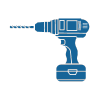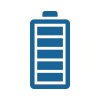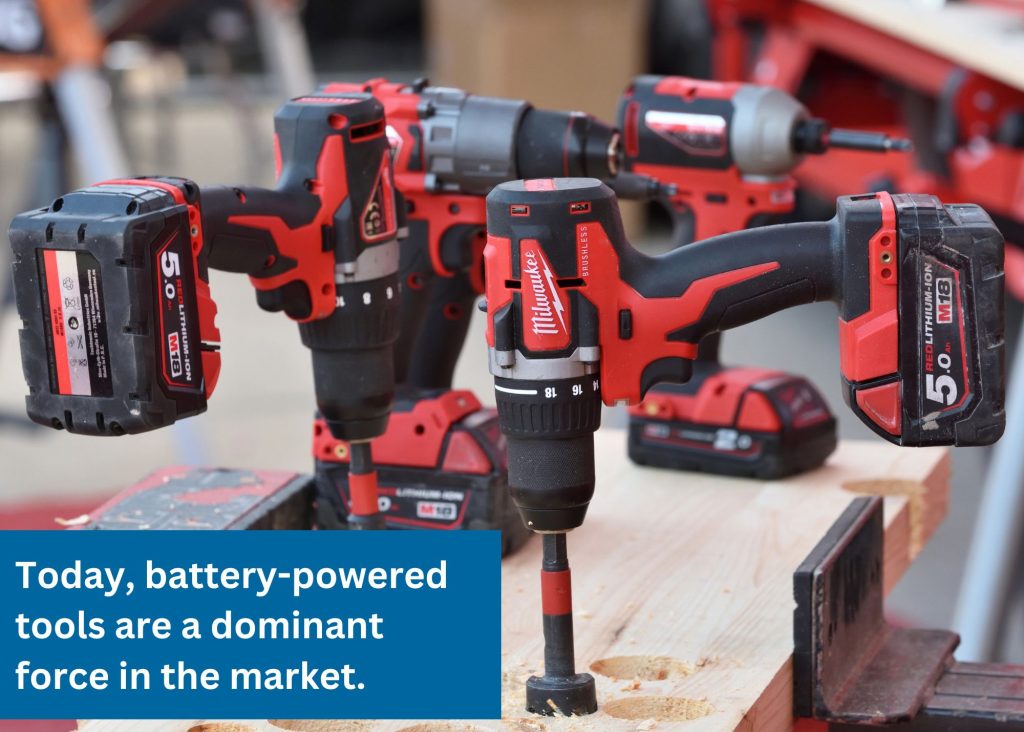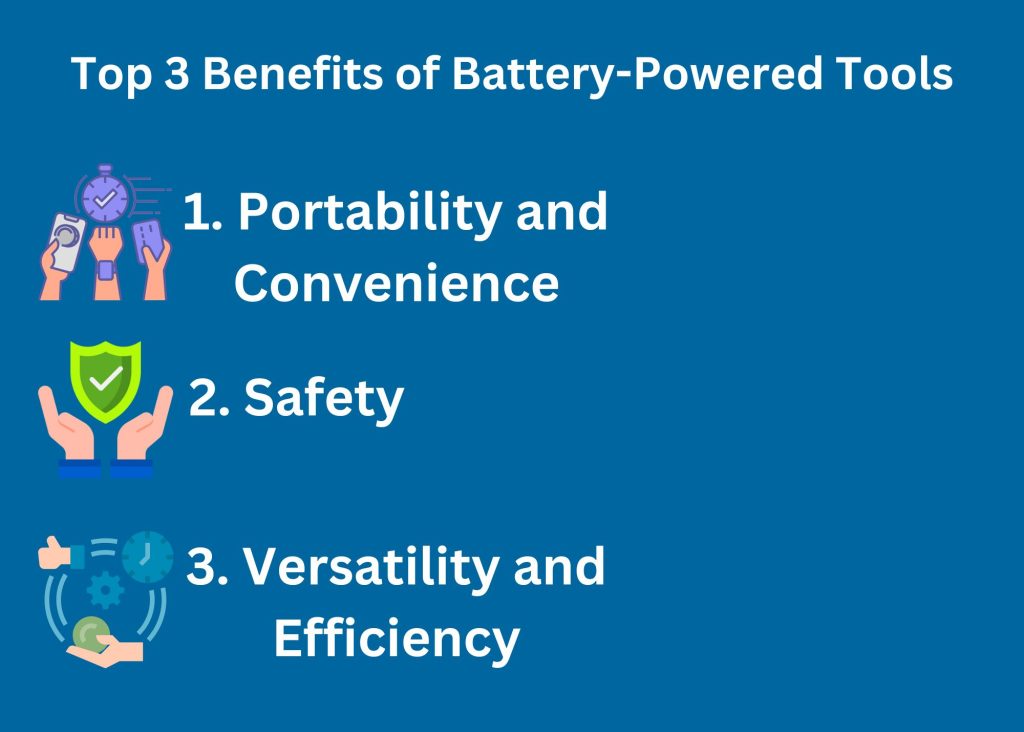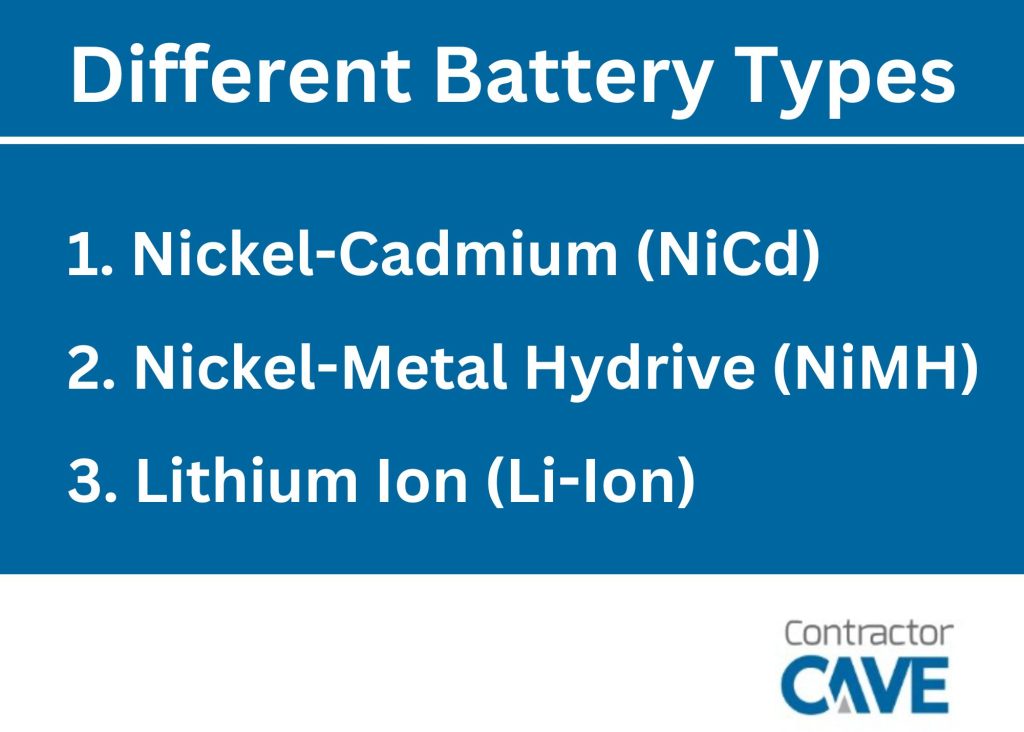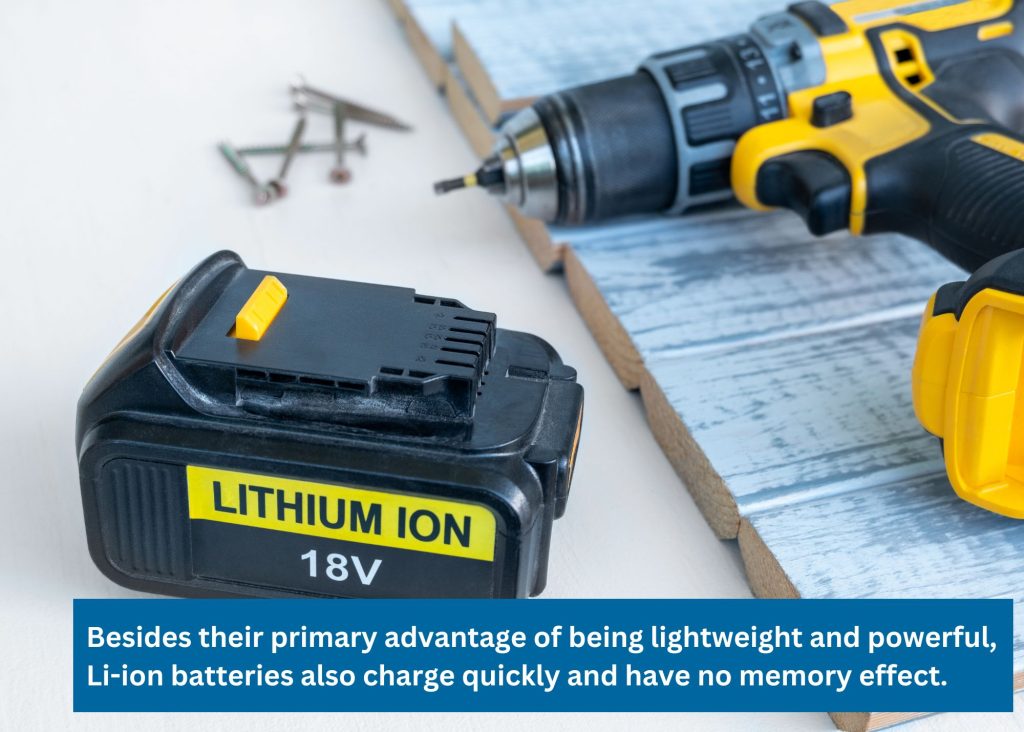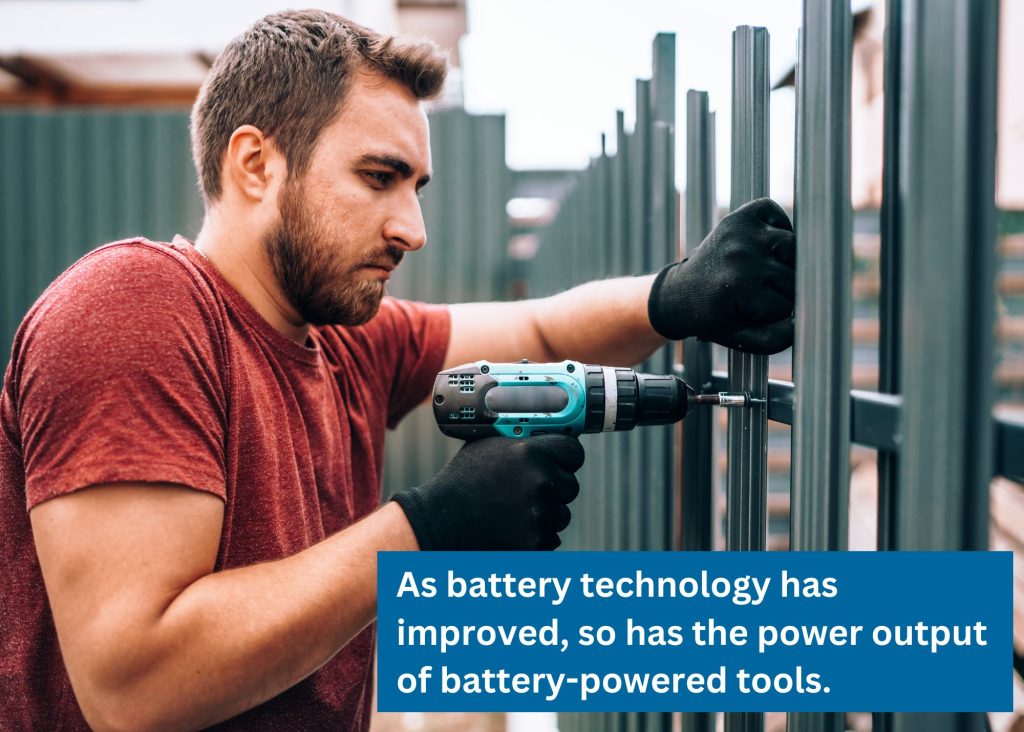It’s hard to overstate how much power tools have changed the world. From chainsaws to vacuum cleaners to hedge trimmers, we tackle projects today with an ease that would astound someone living a mere 150 years ago.
Of course, not all tools are battery-powered. Some have gasoline engines, and some plug into electrical outlets, but recent advancements in lithium-ion battery technology have made battery-powered tools more lightweight and convenient than ever before.
Humans have used hand-operated tools throughout history, but during the Industrial Revolution, factories started powering large tools with electricity. By the early 20th century, various companies were developing corded power tools such as electric drills, circular saws, and angle grinders.
In 1961, nickel-cadmium (NiCd) battery technology was advanced enough for Black & Decker to introduce the first cordless electric drill. Other, more popular drills followed as NiCd battery technology got better and nickel-metal hydride (NiMH) batteries were developed. These advancements made battery-powered tools more appealing and practical for a broader range of applications.
Then, in the early 2000s, Lithium-ion (Li-ion) batteries revolutionized the market with their higher energy density, lighter weight, and longer lifespan. Adopting Li-ion batteries accelerated the popularity of battery-powered tools, making them a standard choice for many professionals and hobbyists.
Today, battery-powered tools are a dominant force in the market, thanks to continuous advancements in battery technology, increased power, longer run times, and the convenience of cordless operation.

